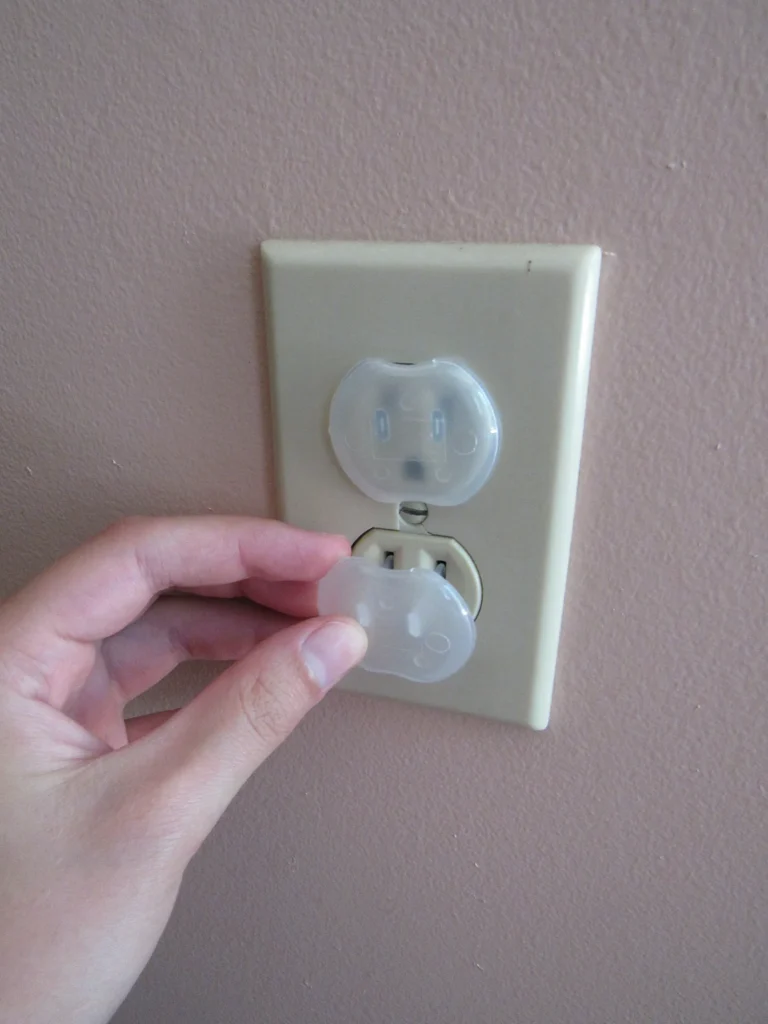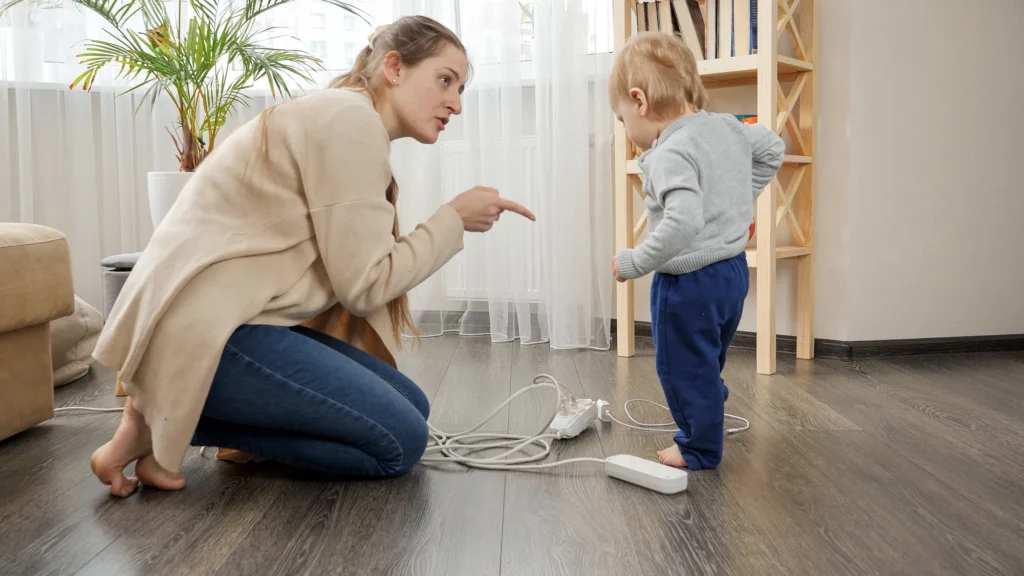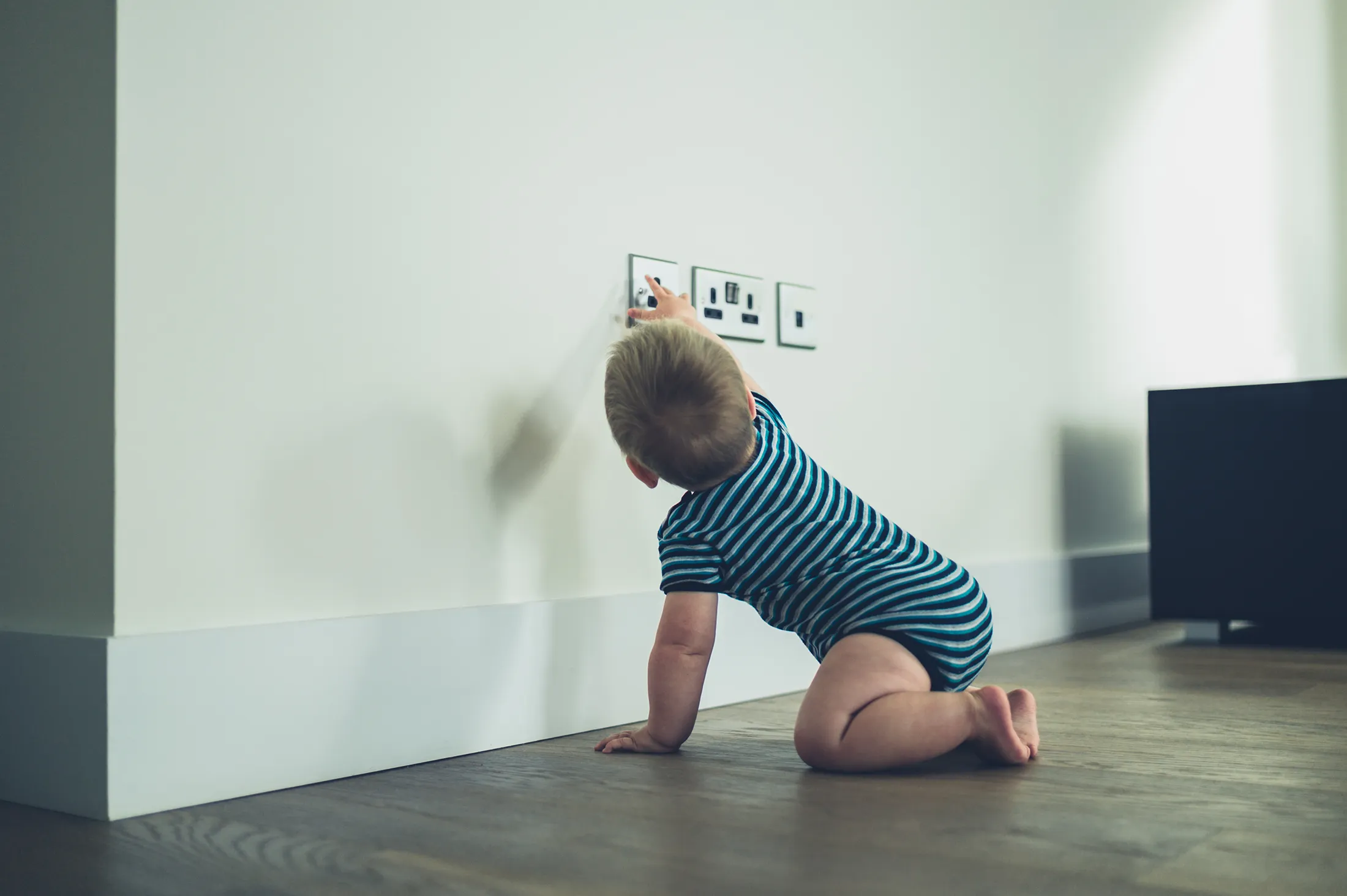Electrical Safety for Kids: 10 Essential Tips Every Parent Must Teach
Electricity is everywhere in our homes—from the outlets in the walls to the gadgets we use daily. While it makes life easier, it can also be dangerous, especially for kids who may not understand the risks. As parents, it’s crucial to teach children how to stay safe around electricity to prevent shocks, burns, and even fires.
Here’s a must-read guide to electrical safety for kids, packed with essential tips to help protect your little ones from hidden dangers in your home.
1. The Golden Rule: Never Stick Anything Into an Outlet
Children are naturally curious, and that curiosity can lead to dangerous situations. Teach them that outlets are not toys! Inserting metal objects like keys, forks, or paperclips into an outlet can cause severe shocks or even start a fire.
Tip: Install tamper-resistant outlets to prevent small children from inserting objects. Outlet covers can also provide an extra layer of protection.

2. Say No to Overloaded Outlets
It’s easy to plug multiple devices into one outlet, but overloading can lead to overheating and fires. Show your kids how to safely plug in and unplug devices and teach them to avoid plugging too many things into a single outlet or extension cord.
Tip: Use power strips with surge protectors and teach kids to unplug devices when not in use.
3. Water and Electricity Don’t Mix!
Water is a great conductor of electricity, making it one of the biggest hazards in your home. Kids should know that electrical devices should never be used near water—whether it’s a bathtub, sink, or pool.
Tip: Remind them to always dry their hands before using anything plugged in, like a hairdryer or gaming console.
4. Power Cords Are Not Toys
Kids often see cords as fun objects to pull, twist, or chew on, but this can be dangerous. Damaged cords can expose wires, leading to electric shocks or fires.
Tip: Regularly check cords for fraying or damage, and teach children never to yank a plug out of an outlet by its cord—always pull from the plug itself.
5. Keep Kites and Drones Away from Power Lines
Outdoor play is great, but it’s important to be mindful of power lines. If a kite, drone, or ball gets stuck in a power line, never try to retrieve it. Instead, inform an adult immediately.
Tip: Choose open spaces like parks or fields for kite flying or drone use, far from power lines.
6. No Climbing Trees Near Power Lines
Children love climbing trees, but trees near power lines pose a major risk. If a child touches a power line while climbing, the results could be deadly.
Tip: Teach kids to check for power lines before climbing and to avoid trees that are too close to electrical wires.
7. Electrical Substations Are NOT Playgrounds
That big metal box or fenced-off area in your neighborhood? It’s an electrical substation, and it’s extremely dangerous. Tell kids never to go near it—even if they lose a ball or a pet runs inside.
Tip: If something falls into a substation, call your local power company instead of trying to retrieve it yourself.
8. Extension Cords Are NOT Jump Ropes
Kids often get creative with household items, but extension cords should never be used as toys. They can trip someone, cause shocks, or even start fires if misused.
Tip: Keep cords neatly tucked away and teach kids to respect them as important safety tools—not playthings.

9. Button Batteries Can Be Deadly
Small batteries (like those in remote controls, toys, and watches) can be extremely dangerous if swallowed. They can cause internal burns and serious medical emergencies.
Tip: Keep batteries out of reach of young children, and properly dispose of used ones immediately.
10. When in Doubt, Ask an Adult
The best lesson you can teach your child? If they’re unsure about something electrical, they should always ask an adult first.
Encourage them to check with you before plugging in new devices, handling power cords, or using appliances. A quick question could prevent a serious accident.
Final Thoughts: Making Electrical Safety a Daily Habit
Electrical safety isn’t something kids will learn overnight—it requires constant reminders and real-life examples. By making these lessons a part of everyday life, you’re helping to create lifelong safety habits.
- Set a good example by practicing safe habits yourself.
- Turn safety lessons into a game—quiz your kids or create role-playing scenarios.
- Reward safe behavior to reinforce good habits.
By teaching your kids early and often, you can help prevent accidents and keep your family safe!
Related Article

RedBlue Tee’s Off for Trades at Olympic View Golf Course

Say Goodbye to Hot and Cold Spots: Why Air Balancing is the Secret to Whole-Home Comfort

RedBlue Gives Back: BBQ Dinner at Our Place Society in Victoria BC

